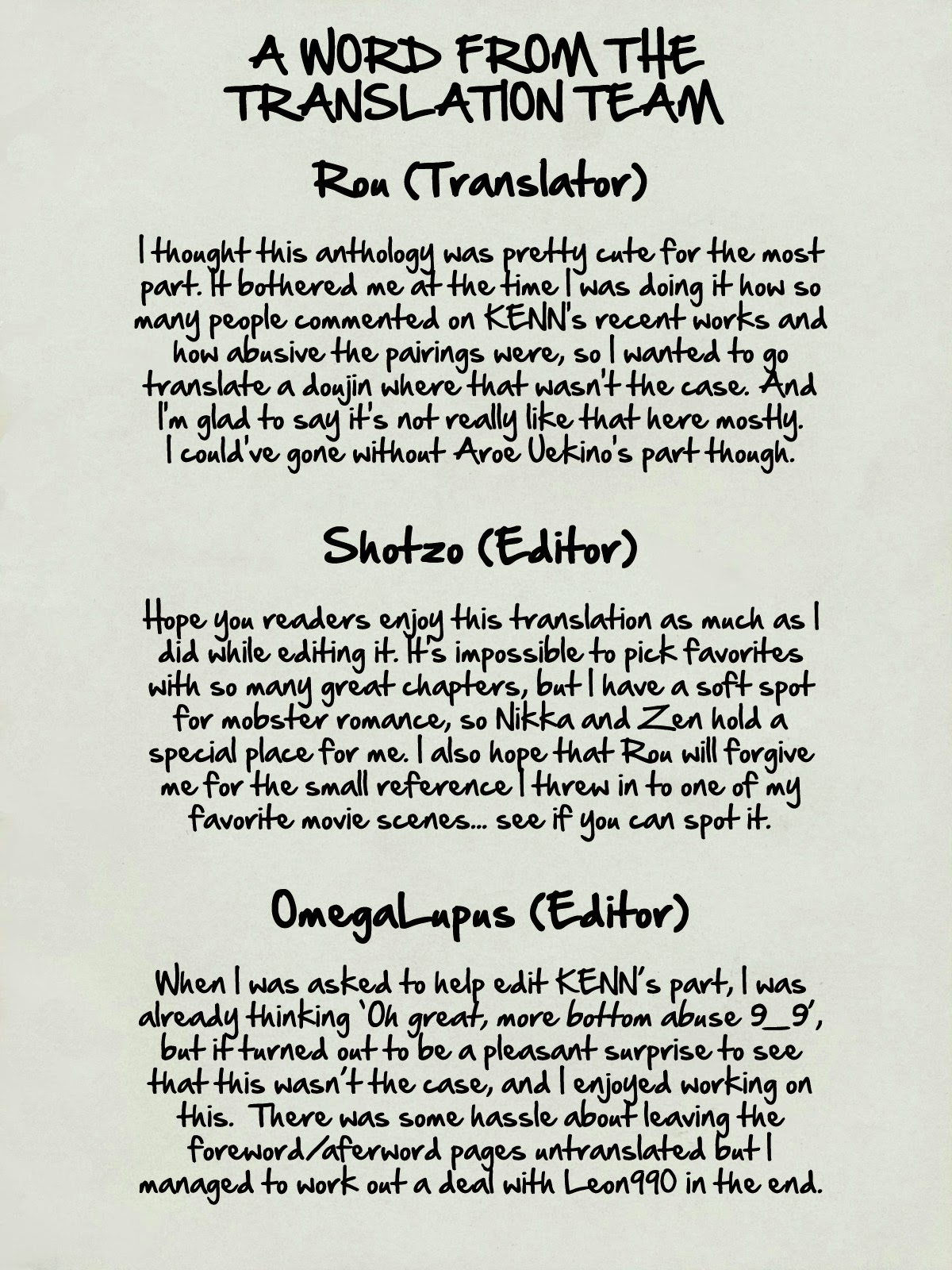


#My cloud code
The GPL source code is firmware specific and is not compatible with My Cloud devices using a different firmware.
#My cloud how to
Below is an example of how to rebuild a Debian created binary if desired. Other packages are integrated as binaries directly from the Debian distribution without modification. Used toolchain available on the Linaro site:

When applicable, build instructions for modified packages are distributed in the README/INSTALL files provided in the appropriate package folder. Western Digital provides source code for GPL packages modified by Western Digital via its support website at.
#My cloud upgrade
You will see a pop up confirming to upgrade your firmware, click Ok.
#My cloud update
Under the section Manual Update, click the Update From File button and a window will open.īrowse to where you saved the b file and select it. Unzip the file and you will find the actual firmware in this format: b. Doing so will cause the manual update to fail and can corrupt the system. If you are using the manual update method, do not rename the firmware file. Doing so may cause the device to malfunction or unable to boot. Note: Do not interrupt the firmware upgrade process. Important: Make sure you stop all processes and save all your data before performing the firmware update. Manually Updating the firmware on your My Cloud Check out our recent My Cloud updates to learn more. To help protect your content, we recommend that you back up your device,ĭisconnect it from the internet, and protect it with a strong, unique password. After April 15, 2022, your device will no longer receive remote access, The My Cloud OS, a proprietary operating system My Cloud OS (operating system), is pre-installed on all My Cloud devices and facilitates management of the NASs. You’ll only be able to access it locally. That are only available for My Cloud OS 5-compatible devices. On April 15, 2022, support for prior generations of My Cloud OS, including My Cloud OS 3, will end. So you’ve got two different ‘’ and ‘/’ in your path.Added the following pop-up notification message to inform users about end of support for prior generations of My Cloud OS. One other thing I noticed on your displayed page: for your Path, you are showing /Volume_1\hellheim (I think), with a ‘’. I don’t know whether this applies to your NAS or not. It’s located my drive at: /media/Entertainment/Music. On my RPI NAS, I also have an entry in the /etc/fstab for the drive with the mount point of /media/Entertainment/Music. So, in addition to specifying the username, password, I have to give the directory structure for where my music is located, and that goes into the ‘Path’ on the MyMusic field when setting u the ‘Add New Device’ for your NAS. Mine is stored on /media/Entertainment/Music, but this is specific to my RPI NAS - your’s would be different. You will also need to know the location on your NAS (the directory structure) where your music is stored. All of the NAS devices I’ve used require a username and password, and it would be the one that you would normally use to access the NAS. The List Price is the suggested retail price of a new product as provided by a manufacturer, supplier, or seller.
#My cloud password
In setting up my RPI NAS, on the ‘MyMusic’ tab screen you display, I note you don’t have a username and password that would allow you to log into the NAS. WD 4TB My Cloud Home Personal Cloud - WDBVXC0040HWT-NESN, Single Drive, White. I have a NAS built from RPI, so not sure my knowledge will help you, but just incase:


 0 kommentar(er)
0 kommentar(er)
